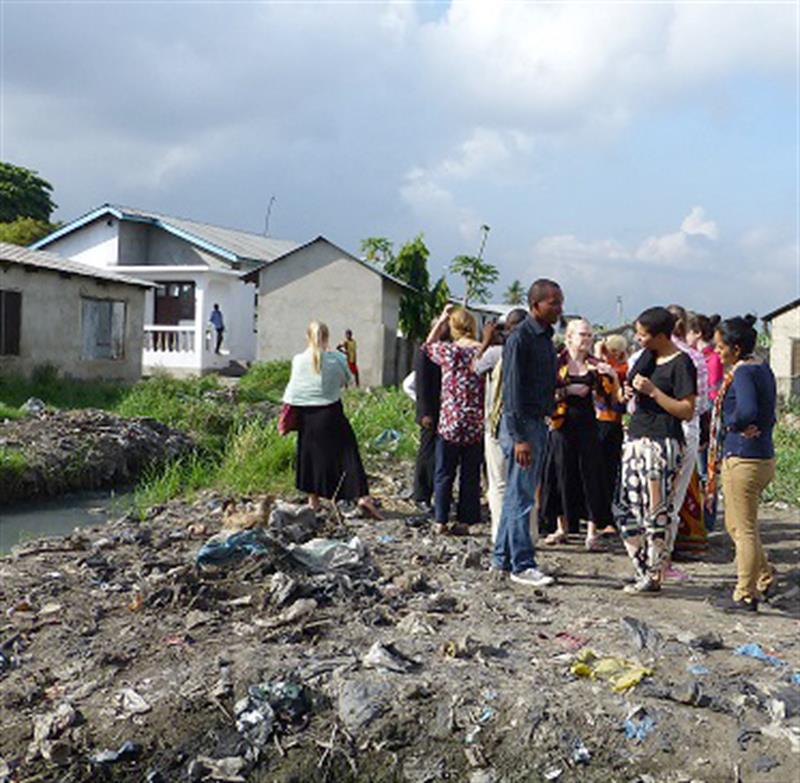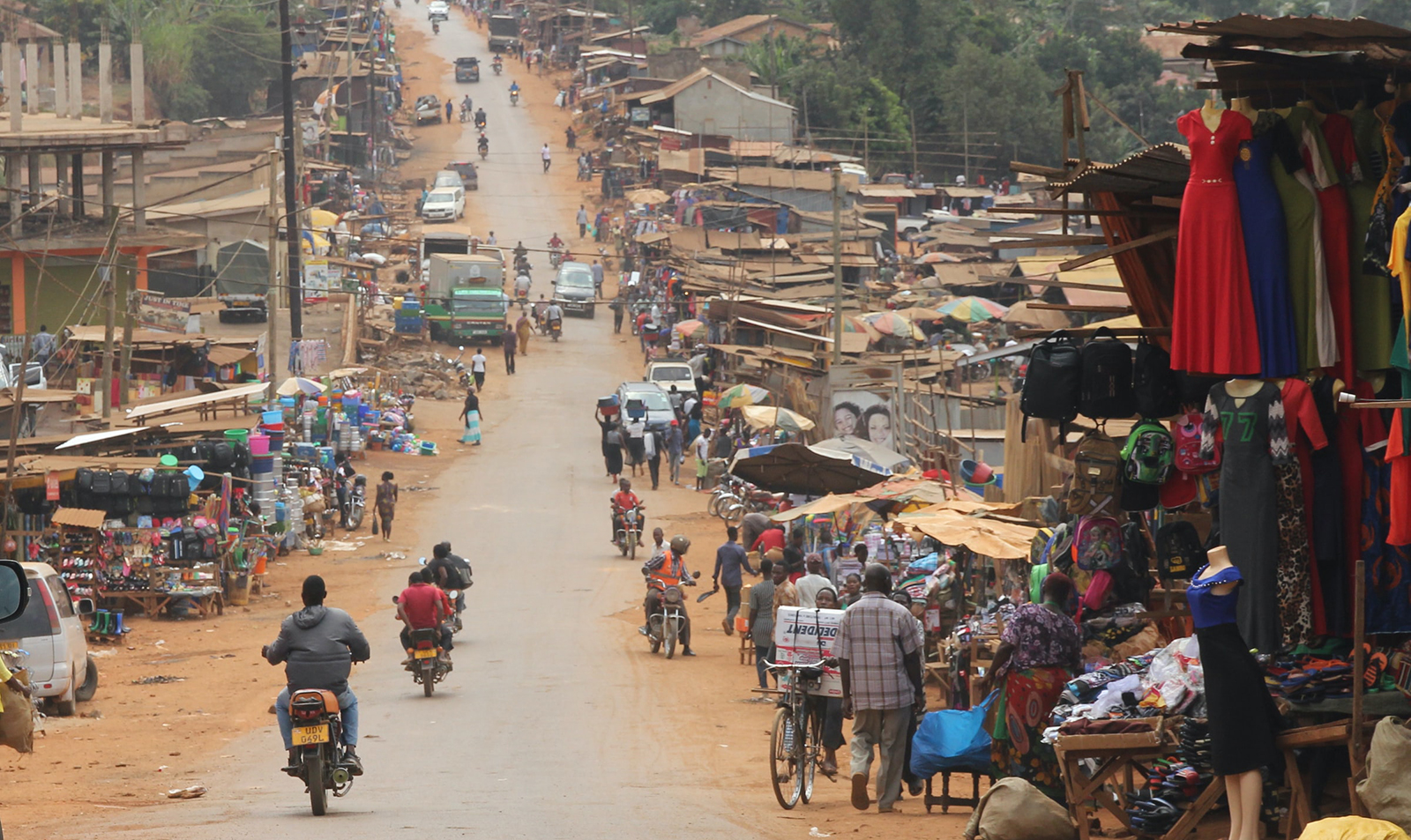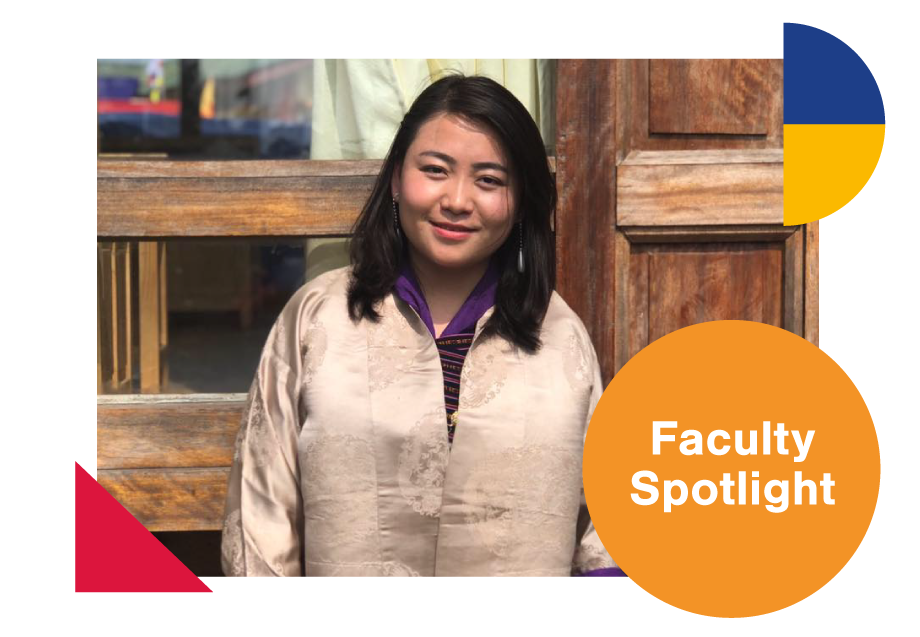Interview with Matleena Muhonen
Matleena Muhonen is a landscape architect who has since 2007 been working as a trainer and educator in the field of sustainable development at Aalto University. She coordinates a Master’s level educational programme on sustainable global technologies (known as SGT Programme) in the School of Engineering. Matleena has done complementary studies in pedagogy focusing on teaching multicultural and multidisciplinary groups.
We talked to Matleena about the current course on sustainable technologies which she is running together with her colleagues.
Matleena, you are running a course called “Sustainable Technologies Studio: Facing Local and Global Challenges” course under the Sustainable Global Technologies Programme. Please tell us about it?
Our course is targeted at all master’s level students studying at Aalto University who are interested in development projects in low-income countries and working in multidisciplinary teams. It is organized under the department of civil and environmental engineering and part of an elective 20 credit special module in sustainable global technologies (SGT).
Relevant background studies were organized already in the autumn. They were obligatory for all students wishing to participate in the studio projects. This year we have co-operated with the department of architecture which has a long history in running a studio course called City in Transition.
Each year we organize around three to five student projects with our partners. Over the years we have been working with companies such as Nokia Siemens Network, Kemira, Shalin ry, UN-HABITAT and Netif Nepal. This year we have co-operated with local NGOs in Lebanon, Mozambique, South Africa and Tanzania.
The other teachers on the course this year are Helena Sandman (architect), Johanna Laaksonen (researcher in waste management), Timo Räsänen (researcher in Water & Development Research Group), Aino El-Sohl (Designer), Nina Martin (Project coordinator for World Design Capital Project in Cape Town) and Taru Niskanen (architect and urban planner). Each of the teachers is mentoring a smaller group of students.
Why this kind of a course has been organized? We want to teach social and responsible sustainability issues for students studying at Aalto University while providing them a multidisciplinary learning environment and a motivating way to learn.
In the end of February 2014 students visited Tanzania. What was the purpose of the trip? We continued our work and collaboration there which was already started with the City in Transition studio course last year. You need to be aware of the prevailing circumstances and learn how to communicate and manage international collaboration. It is very beneficial for our students to meet with the local communities and learn about the conditions and the culture. Hopefully the local communities will also benefit from our visit and the final results of the projects.
This year we have been working on affordable housing, solid waste management and creating urban scenarios. We met with local university members and other stakeholders from different organizations such as the World Bank and Dar es Salaam City Council.
Who are you collaborating with in Tanzania? Our main partner is Centre for Community Initiative (CCI). http://www.cci.or.tz/
At the moment we are also negotiating about a future collaboration with the local universities Ardhi and University of Dar es Salaam. Our aim is to work together with local students. Hopefully we will be organizing a joint field courses which would be beneficial for students from both countries.
What are your major challenges? Unfortunately, it is always the funding which is the weakest link. It is very difficult to find solid funding which would provide us basis for a long time collaboration and planning. I think teachers’ strong commitment to the course and the work we do enables us to organize the course and the field trips in the first place. So far students have had to pay for their own travel expenses too.
When running the course what do you enjoy the most? I really enjoy seeing reactions of our students when they get to meet their Tanzanian partners and community members for the first time. That is the time when the projects really become real for them.
For myself it is big a challenge to organize the whole trip and keep all the lines together. When finally on the road, I can enjoy myself and have a great time.
I also enjoy working side by side with my colleagues. Especially I want to thank Tiina Laurila, head of Creative Sustainability Programme and professor Olli Varis for their support. Without their understanding of the importance and relevance of the field trips it wouldn’t even be possible to organize them!
This post was written by AGI



